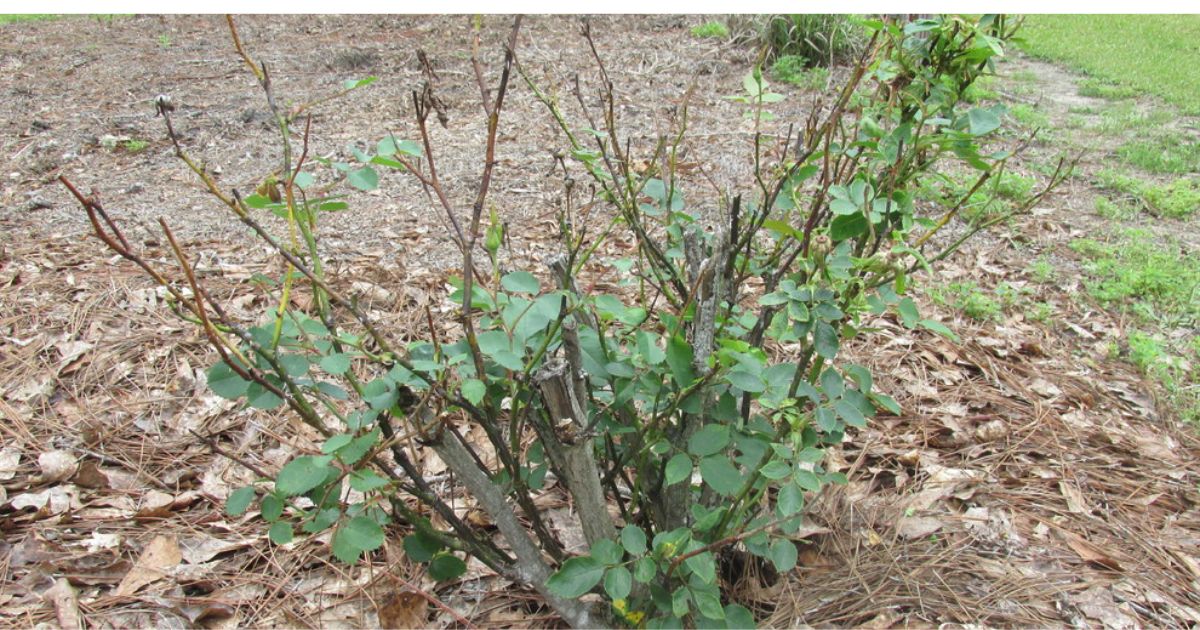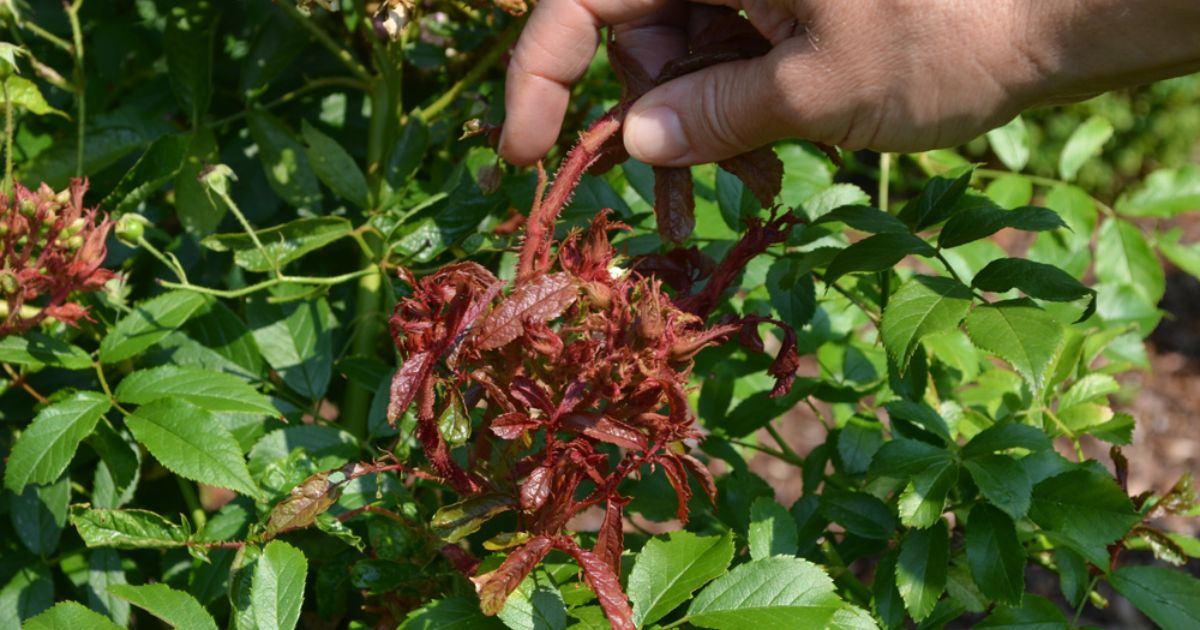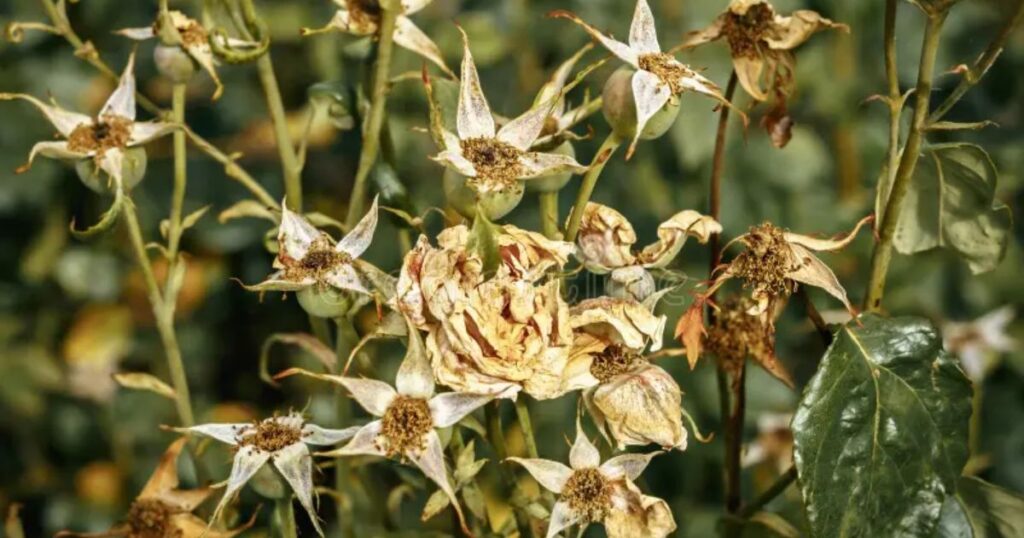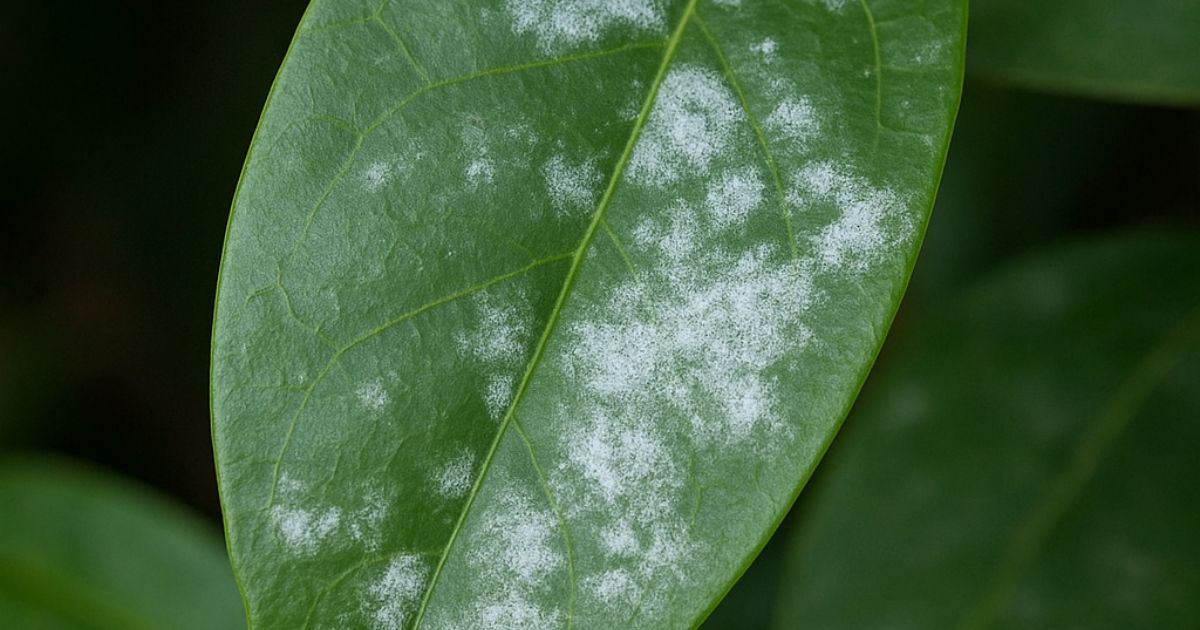Roses are frequently referred to as the “queen of flowers,” admired for their beauty, fragrance, and timeless elegance. However, even the most stunning rose bush can begin to exhibit worrying signs, such as yellowing leaves, drooping stems, or fading blooms. If your once-vibrant roses are now struggling, you’re not alone.Many gardeners face the heartbreak of watching their rose bushes slowly decline without understanding why. The truth is, several factors, including soil conditions and watering habits, as well as pests and diseases, can cause a rose bush to weaken or die.
In this guide, we’ll explore the most common reasons why is my rose bush dying die, how to identify early warning signs, and most importantly, how to revive and protect your roses so they thrive season after season. Whether you’re a beginner or an experienced gardener, you’ll learn how to bring your roses back to life and keep them healthy for years to come.
Common Signs Your Rose Bush Is Dying
Before you can save your rose bush, it’s critical to identify the warning indicators that Roses often “communicate” through their leaves, stems, and flowers, giving you clues about their health. Here are some of the most rose bush problems symptoms your rose bush may be dying:
Yellowing or Browning Leaves
If the leaves on your roses are becoming brown or yellow, it could signal several issues, including nutrient deficiencies, overwatering, poor drainage, or disease. How to Prune Roses for Healthy Growth and Beautiful Blooms Yellow leaves often mean the plant is stressed and unable to absorb nutrients properly.
Drooping or Wilting Stems
When the stems start to droop or lose their firmness, rose bush dying causes typically indicates a problem with the roots or water stress. Both overwatering and underwatering can cause roses to wilt, so checking the soil moisture is crucial.
Lack of New Growth

Healthy rose bushes produce new shoots and leaves on a regular basis. If yours hasn’t shown any fresh growth for weeks or months, it might be suffering from root damage, disease, or poor nutrition.
Weak or Brittle Canes
Canes (the main stems of the rose) that turn brown, feel dry, or break easily are a bad sign. This often indicates dieback caused by fungal infections, frost damage, or lack of pruning care.
Leaf Spots, Holes, or Black Patches
Spotted, holey, or blackened leaves are clear indicators of pests or fungal diseases such as black spot or powdery mildew. These can spread quickly if left untreated, eventually weakening the entire plant 6. Poor or No Flowering.
When your rose bush stops blooming, it’s often due to stress, nutrient deficiency, poor light, or pruning mistakes. Roses require ample sunlight and regular fertilization to remain vigorous and produce abundant blooms.
Stunted Growth or Shrinking Size
If your rose bush looks smaller each year or new stems are thinner and weaker, that’s a red flag. The plant may be struggling with depleted soil nutrients or chronic root disease.
Poor Soil and Drainage Issues
One of the most common and often overlooked reasons a rose bush begins to decline is poor soil and inadequate drainage. Roses are particular about where they grow; they thrive in well-draining, What’s Wrong With My Plant nutrient-rich soil. When the soil becomes compacted, too clay-heavy, or overly soggy, the roots can’t breathe and the plant slowly starts to decline.
Why Drainage Matters for Roses
Roses hate “wet feet.” When the soil remains waterlogged for too long, oxygen can’t reach the roots, leading to root rot, a fungal disease that deteriorates the roots. Once the roots are damaged, the plant can no longer absorb water or nutrients properly, resulting in wilting leaves and weak growth.
Signs of Poor Soil or Drainage
- The soil feels soggy even days after watering.
- Water pools around the base of the plant.
- Leaves turn yellow or brown, even though watering seems correct.
- The base of the stem looks soft or dark (a sign of rot).
If you dig slightly around the plant and notice a foul smell or mushy roots, that’s a sure sign of drainage issues.
How to Improve Drainage for Roses
Check Soil Type:
Roses grow best in loamy soil, a mixture of sand, silt, and a small bit of clay. rose diseases and pests If your soil feels heavy and sticky, mix in compost, perlite, or coarse sand to improve aeration.
Raise the Bed or Use Containers:
Planting roses in raised garden beds or 6 Common Causes deficiency of macronutrients in plants large pots with drainage holes helps excess water escape.
Avoid Overwatering:
Water deeply, but less frequently, about once or twice a week, depending on the weather and soil type.
Add Organic Matter:
Work with organic materials such as compost, rose bush care tips aged manure, or leaf mould. These not only improve drainage but also enrich the soil with essential nutrients.
Testing Your Soil Drainage
A quick way to test drainage:
Let it drain completely.
Refill it with water again and note how long it takes to drain.
- If it drains within 1–2 hours, it’s perfect.
- If it takes more than 4 hours, your soil drains poorly and needs improvement.
Improper Watering Habits
Water is essential for healthy rose bushes, but too much or too little of it can be equally harmful. Roses are sensitive plants that require a precise balance of Moisture to develop strong roots, 5 Essential Benefits of a Drainage Layer in Green Roofs produce lush foliage, and bloom beautifully. When watering habits go wrong, the results can be yellowing leaves, drooping stems, and even root rot.
Overwatering: The Silent Killer
Overwatering is one of the most common mistakes gardeners make. When the soil stays constantly wet, oxygen cannot reach the roots. As a result, the roots start to suffocate and rot, leading to wilting and eventually death.
Signs of Overwatering:
- Leaves turn yellow and drop prematurely.
- The soil feels soggy or smells foul.
- The base of the plant looks soft or darkened.
- No new growth despite regular watering.
How to Fix It:
- Let the soil dry slightly before watering again.
- Ensure your rose bed or pot has proper drainage holes.
- Water deeply, but less often, around once or twice a week, depending on your climate.
- Avoid watering late in the evening; rose plant wilting morning watering allows excess Moisture to evaporate naturally.
Underwaterin: The Thirsty Rose Problem

Just as harmful as overwatering, underwatering leaves your roses dehydrated and stressed. Without sufficient water, the plant can’t transport nutrients effectively, causing its leaves to curl, dry, and eventually fall off.
Signs of Underwatering:
- Dry, crispy leaves and wilted stems.
- The soil feels hard, dry, or pulls away from the edges of the pot.
- Bloom is small, faded, or fails to open fully.
- Growth becomes stunted.
How to Fix It:
- Water deeply so Moisture reaches the root zone (6–8 inches deep).
- During hot or windy weather, check your roses more frequently.
The Right Way to Water Roses
- Deep and Infrequent: Shallow watering encourages weak roots; deep watering strengthens the.
- Base Watering: To prevent fungal diseases, always water the base of the plant, rather than the leaves, like black spot or mildew.
- Consistent Schedule: Roses thrive on consistency. Sudden changes from drought to flooding can shock the plant.
Seasonal Watering Tips
- Spring/Summer: Roses need more frequent watering as they’re actively growing and blooming.
- Autumn/Winter: Reduce watering; the plant’s growth slows down, and excess Moisture can cause root problems.
Getting your watering routine right is one of the simplest ways to revive a struggling rose bush. When watered properly, roses respond quickly, producing new leaves, sturdy stems, and healthy buds. Remember: consistent, deep watering is far more effective than frequent, shallow splashes.
Pest Infestations
Pests are a significant reason many rose bushes start to decline. By consuming their sap and causing damage to Tiny insects, they can deplete the energy in your plants’ leaves, buds, and stems. Aphids and spider mites are the most common culprits. Thrips and Japanese beetles. These pests not only weaken your roses but also spread diseases that can quickly destroy an entire bush if left untreated.You may notice distorted buds, sticky leaves (resulting from aphid honeydew), or a delicate web under the leaves, which are clear signs of infestation. Aphids cluster on new growth, while spider mites thrive in hot, dry weather, leaving tiny yellow spots on leaves. Japanese beetles chew through petals and foliage, leaving skeletonized leaves in their wake.
To control pests naturally, start by spraying your rose bush with a strong jet of water to remove insects. Regularly check the undersides of leaves, since bugs often hide there. Use neem oil, insecticidal soap, or a homemade mixture of water and mild soap for eco-friendly solutions. Use garden-safe insecticides for heavy infestations, but use caution to prevent damaging beneficial insects, such as bees and ladybugs.Consistent monitoring and quick action are key. Catching pests early can save your rose bush from irreversible damage.
Fungal and Bacterial Diseases
Fungal and bacterial diseases are among the most destructive problems that can cause a rose bush to weaken or die. Warm, humid conditions often trigger these infections, allowing spores or bacteria to spread quickly through leaves, stems, and even roots. The most common culprits are black spot, powdery mildew, rust, and botrytis blight.Black spots appear as dark, circular patches on leaves, eventually turning them yellow and causing them to fall off. On leaves and buds, powdery mildew produces a white, powdery coating. Stunting growth. Rust shows up as orange or reddish spots on the underside of leaves, while botrytis blight (grey mould) attacks buds and petals, making them rot before blooming.
To prevent these diseases, water the base of the plant rather than the leaves, and ensure good air circulation by pruning overcrowded stems to promote healthy growth. Remove and dispose of infected leaves immediately; never compost them. Applying a sulfur-based or copper fungicide can help manage ongoing infections.Maintaining a healthy rose bush through proper spacing, pruning, and adequate sunlight exposure reduces the risk of fungal and bacterial problems. With consistent care and prompt treatment, your roses can remain vibrant and disease-free throughout the entire season.
Root Damage or Transplant Shock
Root damage and transplant shock are two hidden causes that can cause a healthy rose bush to suddenly decline. The roots are the plant’s lifeline, absorbing water and nutrients. When they’re disturbed or injured, the rose bush can exhibit stress symptoms, such as wilting rapidly. , yellowing leaves, or stunted growth.Root damage often occurs during replanting, over-pruning of roots, or digging too close to the plant’s base. Similarly, transplant shock occurs when a plant is moved to a new location and struggles to adjust to the changes in soil, light, or moisture conditions. The plant temporarily loses its ability to absorb water effectively, leading to roopy stems and fading leaves.

To help your rose recover, water it deeply but avoid waterlogging, and keep the soil consistently moist. And protect roots from temperature swings. How Do You Know When a Tree Is Dead Avoid adding fertilizer immediately after transplanting; wait 3–4 weeks for new growth to appear. If possible, transplant roses during early spring or fall when temperatures are mild and stress levels are lower.With patience, gentle care, and consistent watering, your rose bush can overcome transplant shock and reestablish a strong, healthy root system.
Conclusion
Watching a rose bush struggle or decline can be frustrating, but understanding why it’s upsetting distress is the first step toward saving it. From poor soil and drainage issues to improper aeration and watering, pests, diseases, and root damage, several factors can cause a rose bush to weaken or stop blooming.The good news is that roses are resilient plants. By observing early warning signs, adjusting watering habits, enhancing soil health, pruning damaged parts, controlling pests and diseases, and providing the proper nutrients and sunlight, you can often revive even a severely stressed rose bush.
Patience and consistent care are key. With proper attention, your rose bush can recover, produce lush foliage, and reward you with vibrant, fragrant blooms year after year. Remember, a healthy rose bush not only makes your garden more beautiful, but it also makes you happy to every gardener who nurtures it.
FAQ
How do I know if my rose bush is completely dead?
Check the stems and branches: scrape a small section of the cane with your fingernail. If it’s green underneath, the plant is still alive. Brown, brittle stems that snap easily indicate dead parts.
Can a rose bush recover from root rot?
Yes, if caught early. Remove the affected roots, improve soil drainage, and replant in well-draining soil. Severely damaged plants may not recover, so early detection is crucial for their survival.
What’s the best fertilizer for roses?
A balanced fertilizer that contains potassium, phosphorus, and nitrogen is effective. Compost and well-rotted manure are examples of organic solutions. Also improves soil health and encourages vigorous growth.
How often should I prune my roses?
Before new growth appears, prune in the early spring. Shape the bush to provide adequate air circulation and remove any weak or dead stems. During the growing season, light pruning can be carried out. To remove faded flowers.
Why are my rose leaves turning yellow and falling off?
Yellowing leaves can result from overwatering, nutrient deficiencies, poor drainage, or disease. Check soil moisture, improve nutrition, and inspect for pests or fungal infections.





